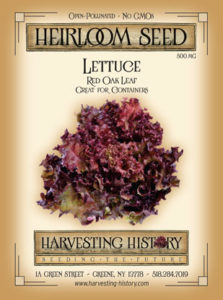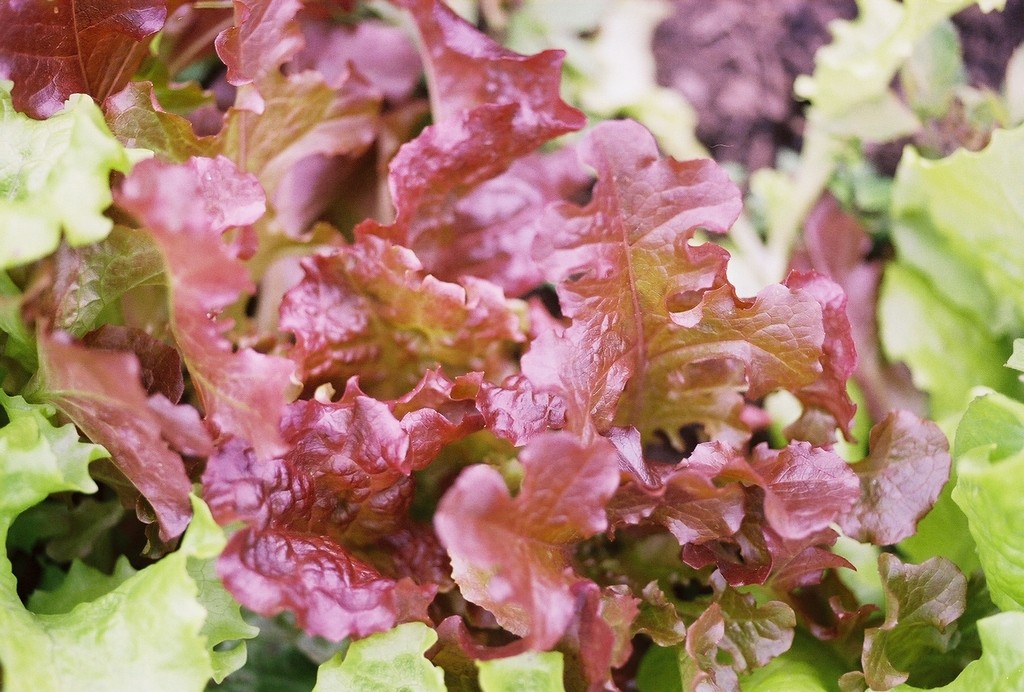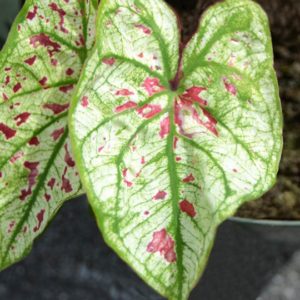Description
 Lettuce,
Lettuce,
Red Oak Leaf
Lettuce appears to have been domesticated from a weedy species of wild lettuce that produced lettuce leaves on the top of a tall stem. Evidence which supports this theory comes from Egyptian tomb paintings dating back 4500 years which show bundles of stem lettuce being transported.
The first written accounts describing lettuce are from Herodotus, who wrote that lettuce appeared on the royal tables in Persia in 550 BC. The Greeks, including Hippocrates, ascribed medicinal properties to lettuce, and the Romans wrote extensively about it including Pliny who described nine varieties grown in Roman agriculture. It was probably the Romans who introduced lettuce into northern and western Europe.
The Romans popularized a tall cylindrical form of head lettuce which they found growing on the Greek island of Cos. This particular form of lettuce became so popular in Rome that it took the name, “romaine” named after the Eternal City. Romaine lettuce is still often referred to as “cos lettuce” in honor of its original birthplace, the Greek island of Cos.
Lettuce was among the first vegetables brought from Europe to the New World. In 1494, its presence on Isabela Island is mentioned in the writings of Peter Martyr. This suggests that Columbus may have brought the vegetable on his second voyage.
In the early years of the United States, an assortment of lettuces were grown. Head lettuce includes the Crisphead or cabbage type and the Butterhead, the floppy-headed type also known as Bibb or Boston. The leaf lettuce also known as cutting lettuce is a non-heading type which forms rosettes of curled or fringed leaves. Romaine or cos lettuce forms tall cylindrical heads of elongated oval leaves.





